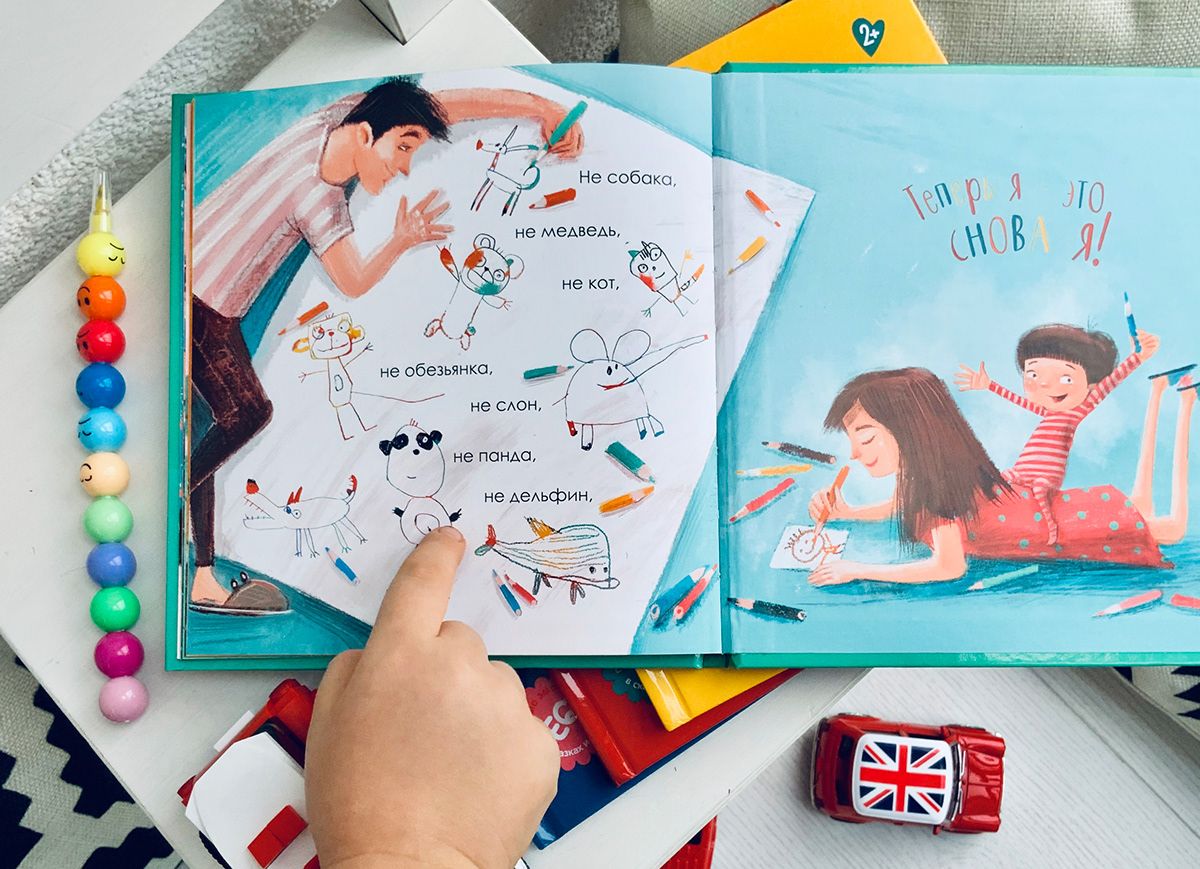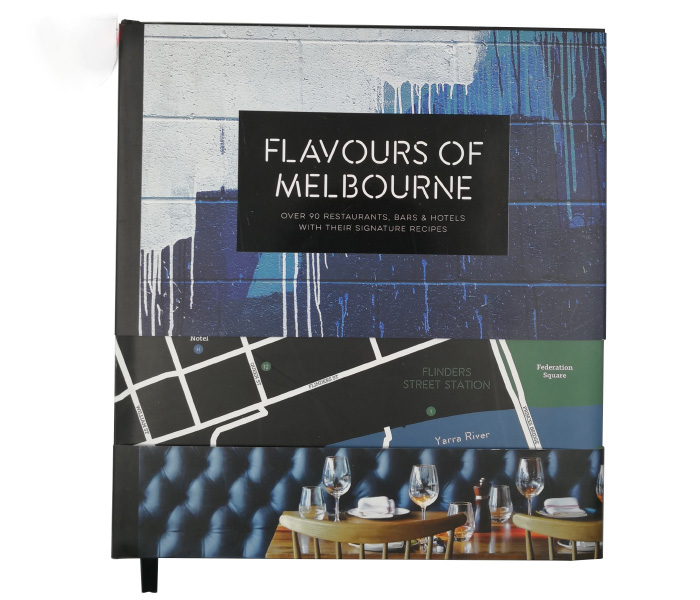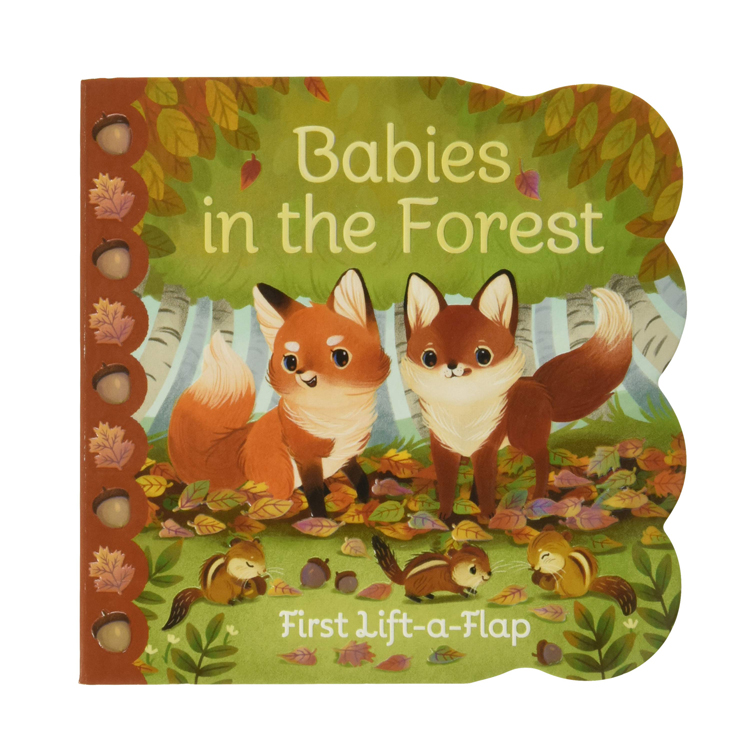What paper is best for printing children's books?
Creating a children’s book is a labor of love that requires careful planning, especially when it comes to choosing paper and printing options. As a book printing factory, we understand the importance of selecting the right materials and printing methods to make each book visually appealing, durable, and cost-effective. In this article, we’ll walk you through the critical choices that impact a children’s book, from paper selection to printing methods, to help ensure your book meets both quality and budget expectations. Let’s explore how the right decisions can bring your story to life on the page.
Tabla de contenido
1. Why Start Planning Printing Options Early?
Choosing your printer and paper type at the start can significantly impact the final look and quality of your book. Whether you’re planning to self-publish or print in bulk for retail, it’s wise to finalize your printing details before your illustrator begins working. The placement of illustrations, layout decisions, and trim size are all factors that your printer can help guide.
By consulting with a printing factory early, you can get advice on layout standards, page counts, and paper types that will best suit your illustrations and budget. Printer-provided templates and guides will also save time and prevent costly revisions.
2. Understanding the Printing Methods for Children’s Books
There are two main types of printing methods for children’s books:
- Impresión bajo demanda (POD): Ideal for short runs or when printing as sales come in. POD has a higher cost per book, but it’s convenient for small quantities.
- Impresión offset: Best suited for larger quantities, typically 300+ books. This method reduces the cost per book significantly and offers customization options, such as special finishes and enhanced color accuracy.
Offset printing provides superior control over color, which is essential for illustrated books. This option is perfect for high-quality children’s books meant for commercial sale.
3. Essential Printer Requirements for Accurate Quotes
To give you a clear and accurate quote, a printer will need specific details about your project. Here are the primary considerations:
3.1 Page Count
For offset printing, page count must be divisible by four to fit the printing sheets, while board books require counts divisible by two. Keep in mind that each sheet of paper represents two pages (front and back), and blank pages also count toward your total.
3.2 Paper and Cover Weight
- Peso del papel: Coated paper, such as 80lb. or 100lb. gloss or matte, is highly recommended for children’s books due to its ability to show off illustrations.
- Cover Weight: A 10pt. or 12pt. cover stock is standard for softcovers, while hardcovers range from 80pt. to 120pt., adding durability to the book.
The quality of the paper and cover stock influences both durability and the overall feel of the book. Discussing these options with your printer can ensure that your book meets your expectations for longevity and appearance.
4. Selecting the Right Trim Size
Trim size refers to the book’s dimensions. Standard sizes include:
- Softcover and Hardcover Picture Books: Typically 8”x8”, 8.5”x11”, or 9”x8”.
- Board Books: Smaller sizes such as 5”x5” or 6”x6” are popular for young readers, as these are easier for small hands to hold.
Larger trim sizes are more popular for hardcover books with detailed illustrations, while smaller formats work best for younger audiences. The type of printing method also affects available sizes: offset printing is generally more versatile, allowing for both landscape and portrait orientations.
5. Choosing the Right Paper Type for Children’s Books
The choice of paper has a major impact on the book’s appearance and durability. Here are key paper options:
5.1 Coated vs. Uncoated Paper
- Papel cuché: Perfect for books with vibrant illustrations, as the coating prevents ink from seeping through and enhances color vibrancy. This type is commonly used for children’s books to create a polished, professional look.
- Uncoated Paper: Best for text-heavy books or titles aimed at older readers. While it has a more natural feel, it can appear less vivid when used for illustrated books.
5.2 GSM (Grams per Square Meter)
GSM measures the paper’s weight, influencing its thickness and durability. Some common GSM ranges for children’s books include:
- 130-170 g/m²: Ideal for children’s books with illustrations, offering a balance of durability and vivid color reproduction.
- 100-140 g/m²: Suitable for books with fewer illustrations or lighter graphic content.
6. Why Offset Printing Benefits Children’s Books
Offset printing provides a high degree of customization that is invaluable for children’s books with specific design requirements. Additional options include:
- Special Finishes: Foiling, embossing, and spot finishes can make your book cover more engaging.
- Enhanced Color Accuracy: Offset printing offers precise color reproduction, ensuring illustrations appear as intended.
- Eco-Friendly Choices: Many offset printing facilities offer environmentally friendly materials, such as FSC-certified paper and soy-based inks.
Offset printing’s flexibility allows for unique features that can set your book apart in the marketplace.
7. Adding Fun Features and Custom Elements to Children’s Books
If your book includes interactive features, such as flaps, cut-outs, or sensory materials, offset printing is the best choice. These special touches help engage young readers but are often unavailable with POD printing due to equipment limitations.
8. Quantity Considerations for Cost Efficiency
With offset printing, the cost per book decreases as quantity increases. Ordering in bulk helps reduce unit costs, making offset printing a great choice for authors planning to sell widely. Many printers provide a sliding scale of costs for different quantities to help you estimate your budget.
Conclusión
When creating a children’s book, selecting the right printing options and paper types is as important as crafting the story itself. By partnering with a dedicated printing factory, you ensure the final product is both visually appealing and durable enough for young readers. From paper weight to binding styles, each choice impacts how your book is experienced. Making informed decisions now will make your book stand out and create a lasting impact on your audience.
Preguntas frecuentes
What paper weight is ideal for children’s books?
For most children’s books with illustrations, 130-170 GSM coated paper is recommended, as it enhances color and durability.
How does offset printing compare to POD for children’s books?
Offset printing is cost-effective for larger print runs and allows for custom finishes, while POD is better for small quantities and offers fewer customization options.
Can eco-friendly materials be used in children’s book printing?
Yes, many printing factories offer FSC-certified paper and soy-based inks, which are sustainable choices that still produce vibrant colors and high-quality finishes.
Impresión de libros
Nuevos productos
Último blog
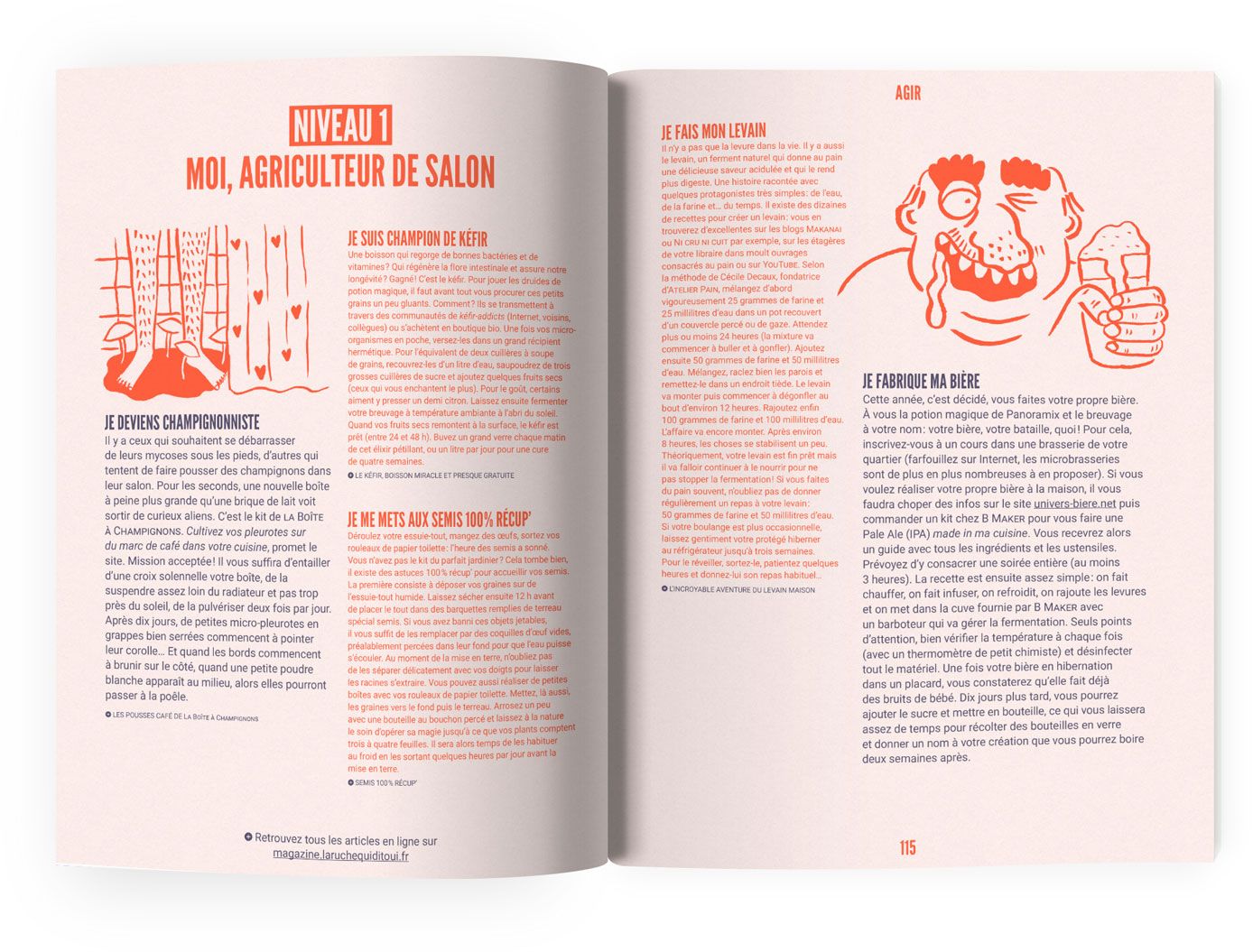
¿Cuánto cuesta imprimir libros?
Emprender el viaje de la autoedición de un libro es una experiencia emocionante y desafiante a la vez. Como imprenta,

¿Cuánto cuesta imprimir un libro de tapa dura?
Al considerar el costo de imprimir un libro de tapa dura, muchos autores y editores se enfrentan al desafío de equilibrar la calidad con la asequibilidad.
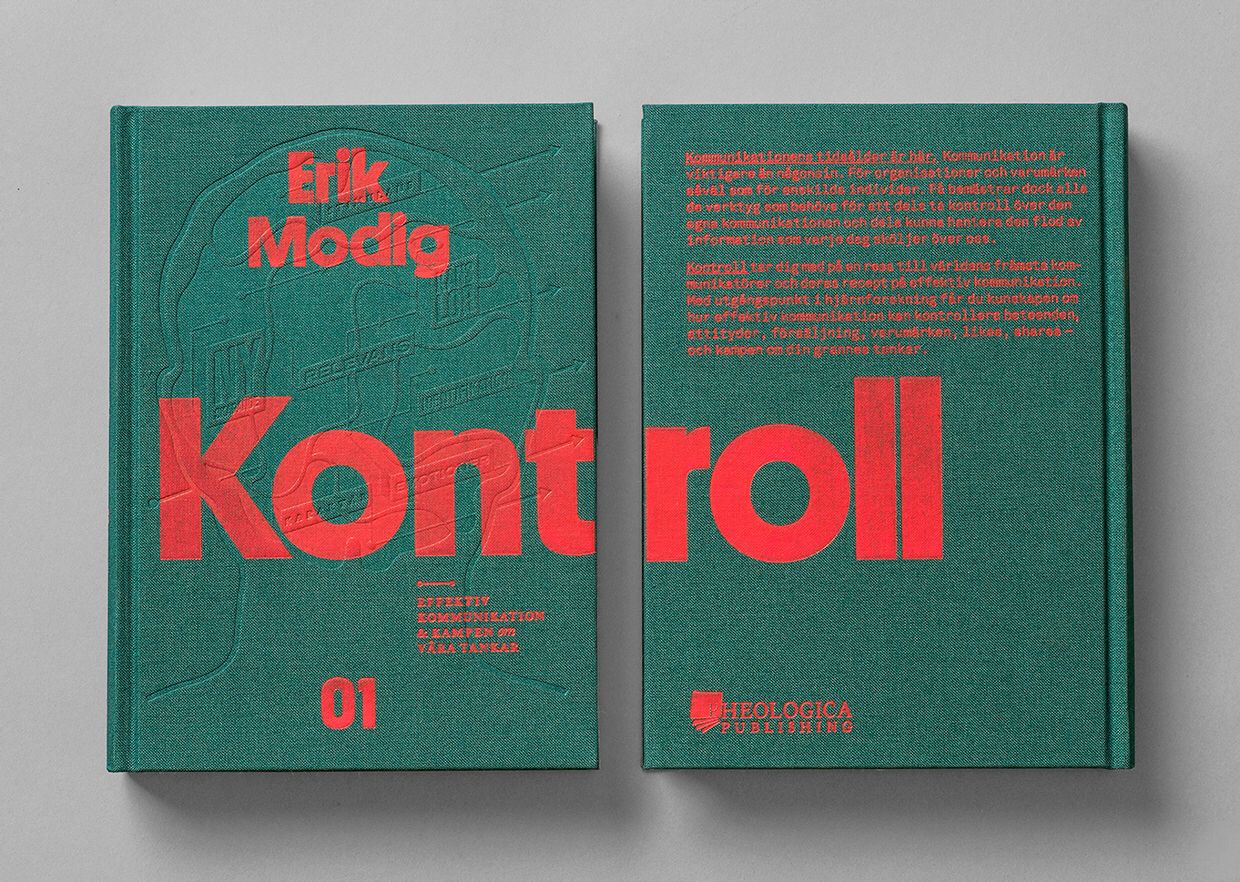
Formas económicas de imprimir libros de alta calidad en China
Si se está adentrando en la autoedición, una de sus principales preocupaciones será encontrar opciones económicas para la impresión de libros.
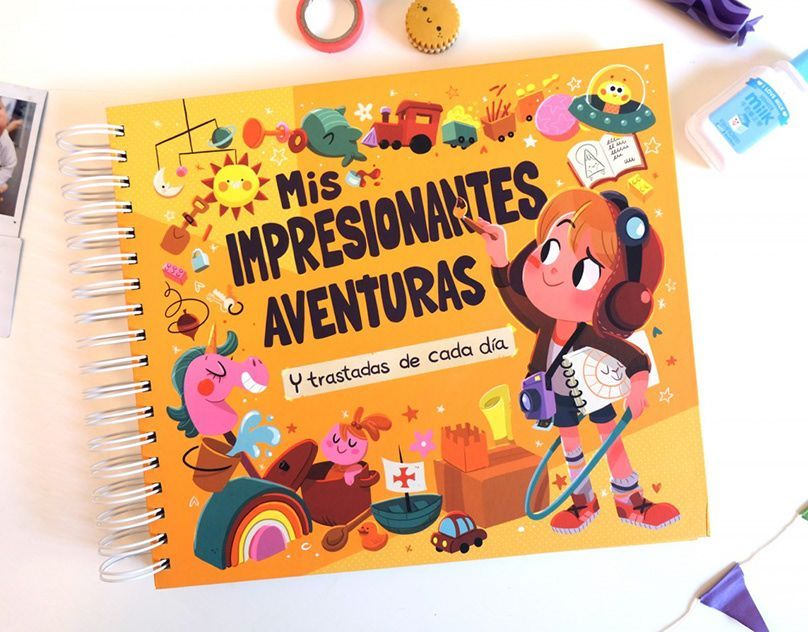
¿Cuánto cuesta imprimir un libro para colorear?
¿Es usted un artista o autor ansioso por transformar su idea creativa de libro para colorear en un producto tangible?
Contáctenos
- +86 13946584521
- info@booksprinting.net
- 8:00 - 22:00 (lunes a domingo)
Etiquetas
Comentarios
Blog relacionado
Encuentre las últimas tendencias y conocimientos comunes en el negocio de la impresión de libros.
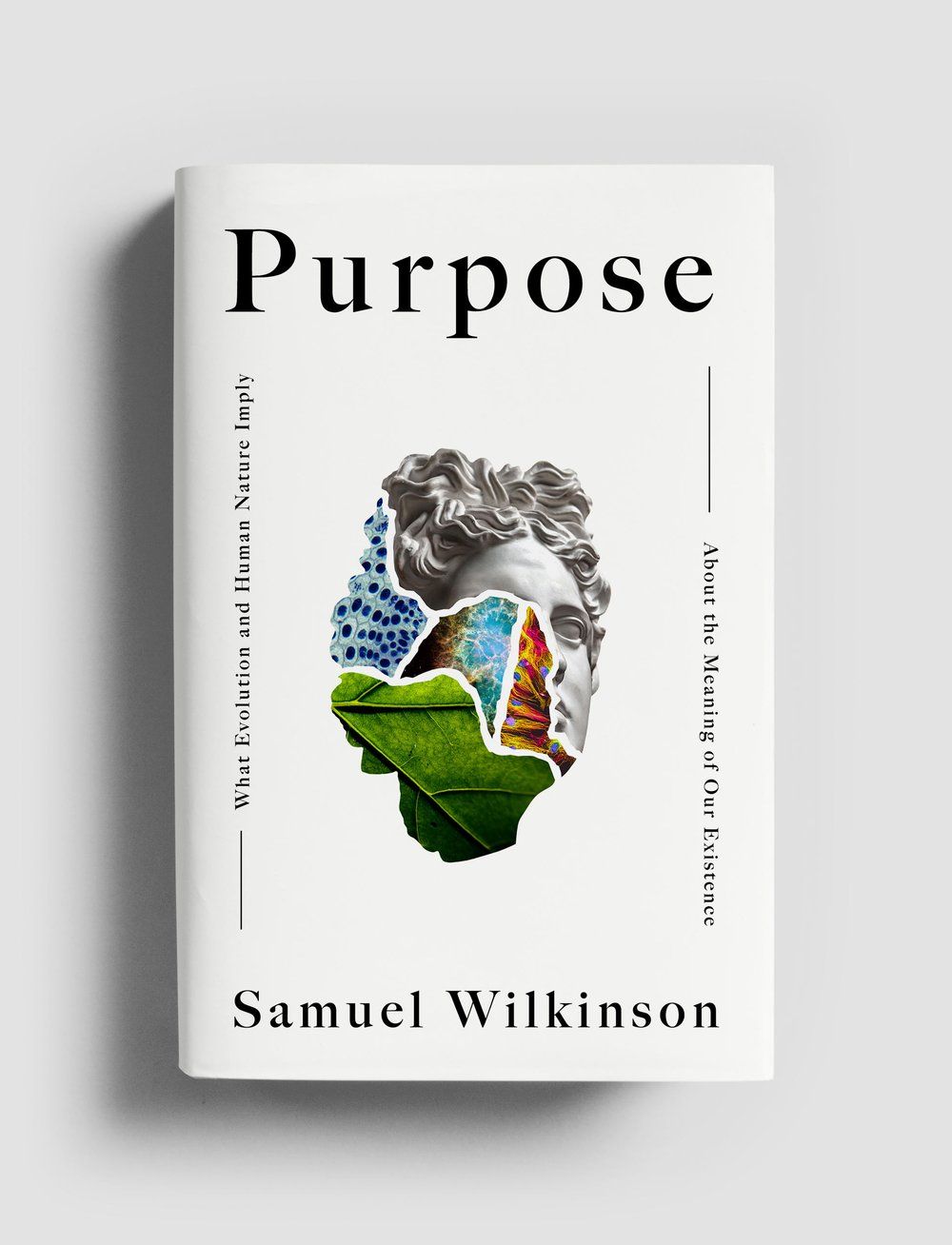
¿Para qué se utiliza la encuadernación cosida a caballo?
Si se está adentrando en la autoedición, una de sus principales preocupaciones será encontrar opciones económicas para la impresión de libros.
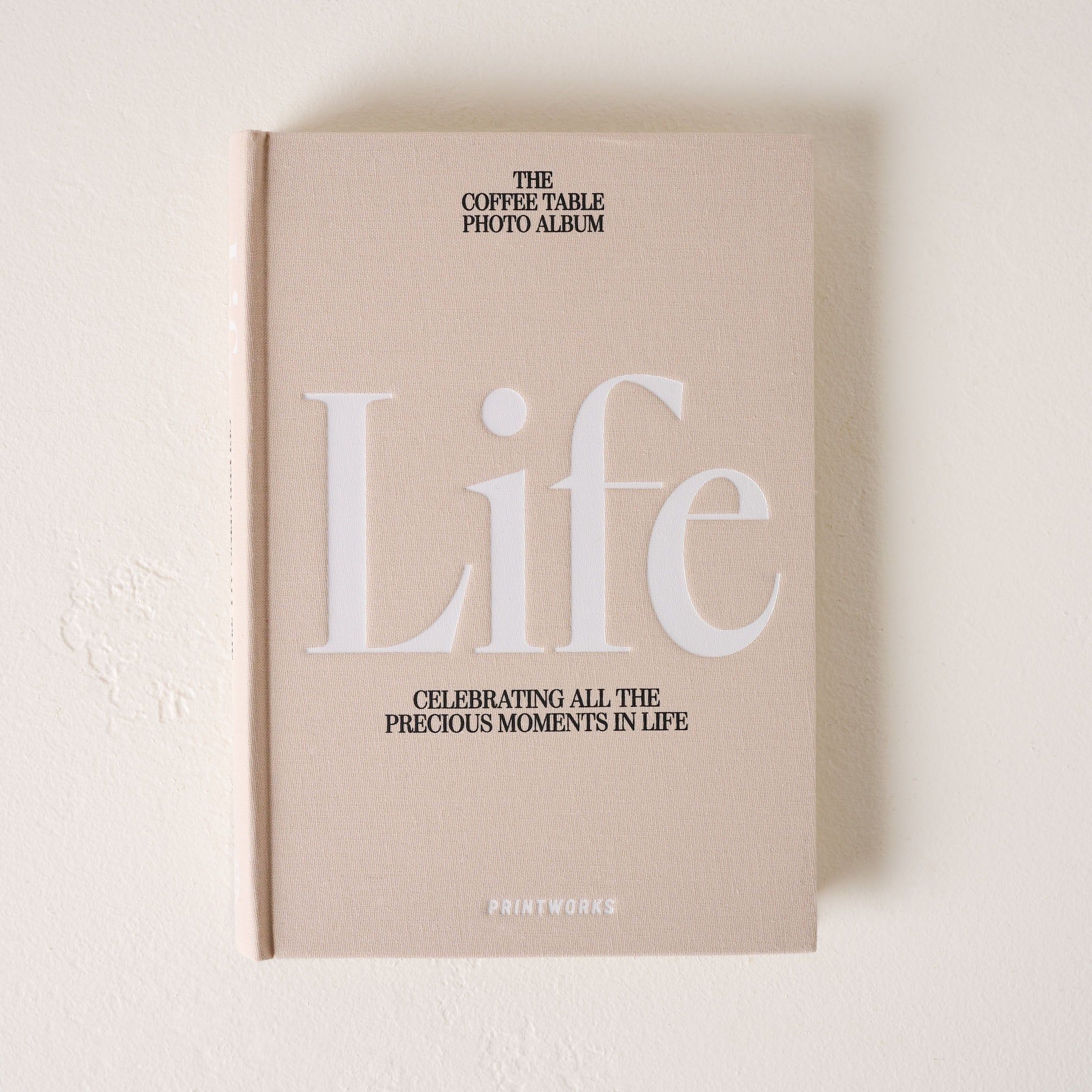
Why do people like hardcover books?
Si se está adentrando en la autoedición, una de sus principales preocupaciones será encontrar opciones económicas para la impresión de libros.
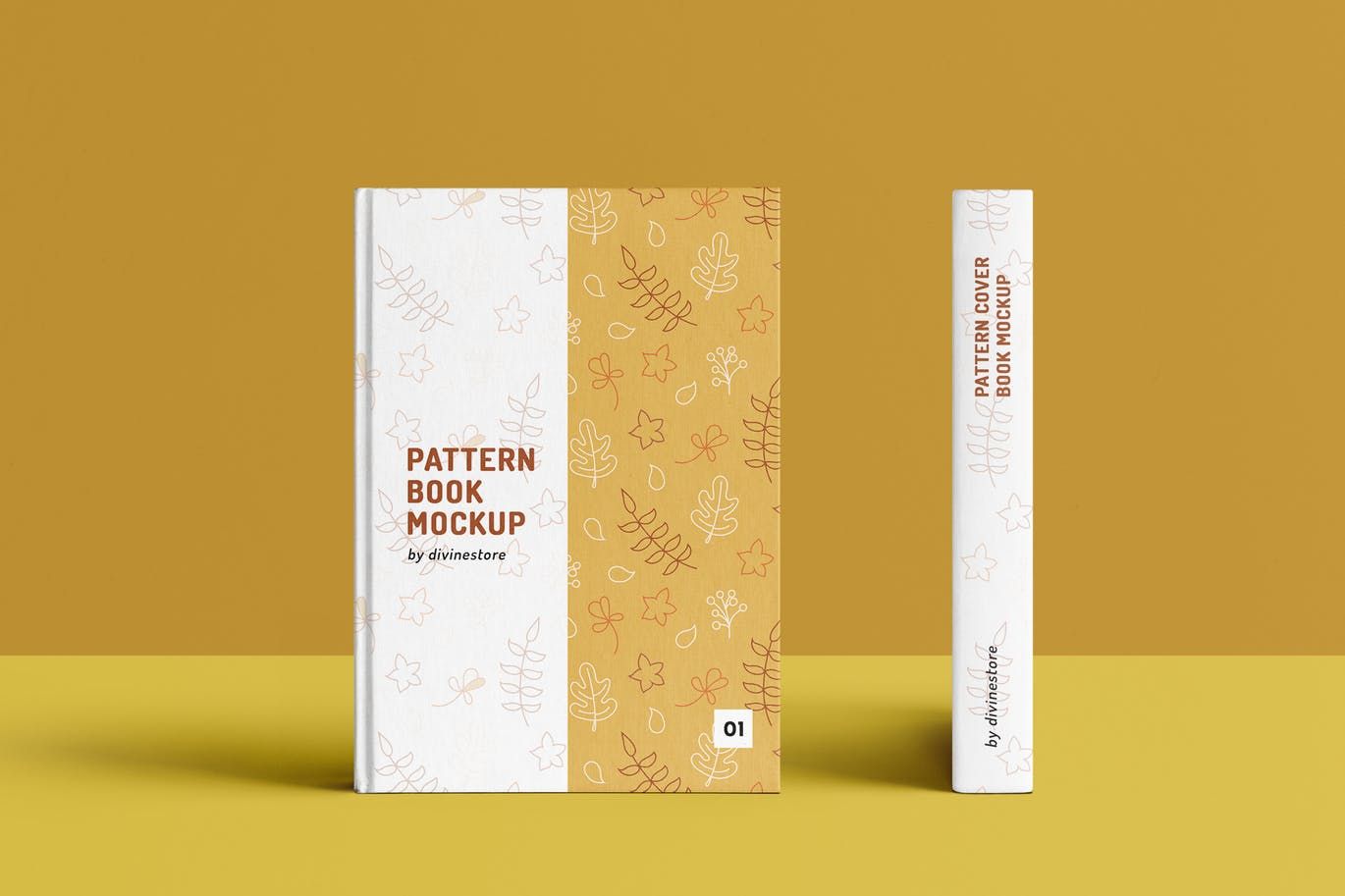
Por qué elegir servicios profesionales de impresión de libros es una inversión inteligente para su proyecto
Los libros tienen un encanto atemporal y ofrecen una forma única de transmitir conocimientos, historias e ideas. A pesar del auge de la lectura digital,
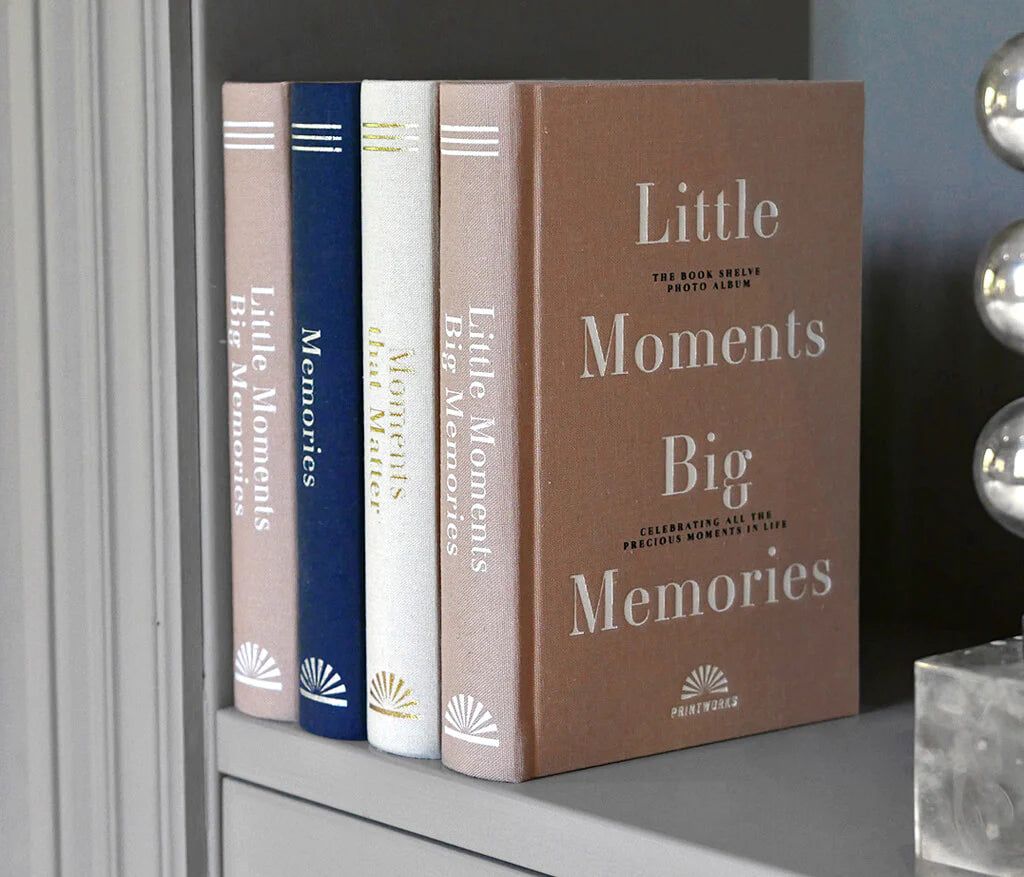
Cómo diseñar la portada perfecta para un libro de tapa dura
En el mundo editorial, la cubierta de un libro de tapa dura es mucho más que una simple capa protectora: es un dispositivo narrativo dinámico.

